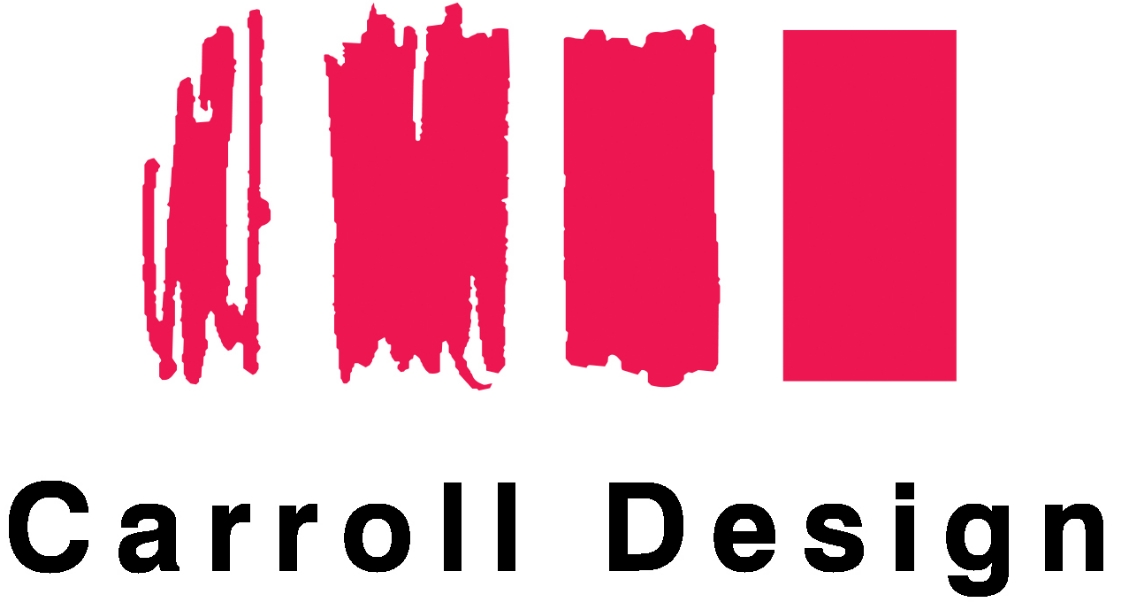When should you invest in tooling to reduce unit manufacturing costs?
The decision to invest in tooling for the purpose of driving down manufacturing costs is different for every product, company and market. Quite often, when launching a new product or entering a new market, a risk averse design approach is taken that requires little or no tooling investment. Three things must be considered when determining how to approach design and manufacturing strategies:
- The competitive unit price of the product for the intended market.
- The level of risk perceived for entering a new market with a new product.
- A tooling investment vs. unit cost at projected product volumes analysis to determine the most cost effective approach.
The following product development example illustrates a good strategy for changing your manufacturing approach.
Martel Electronics was entering the pressure gauge market with a custom pressure gauge, but did not want to risk too much in terms of development and tooling costs. For this initial gauge product into a new market for Martel, we suggested an off-the-shelf stainless steel enclosure, modified to fit their needs by a local machine shop. To achieve unique branding and provide better mechanical shock protection, we designed and developed tooling for a rubber boot to cover the steel enclosure. The pressure gauge product shown below was Martel's first entry into the gauge market.
While the investment in tooling to manufacture the rubber boot cover for this first version of the pressure gauge was relatively low at $3,000, the mechanical unit cost of goods was somewhat high. The $65 enclosure cost was driven mostly by the added machining to the stock stainless steel enclosure and pressure port components.
The new pressure gauge gained traction in the market and sales increased. From a few hundred units sold in the first year to thousands forecast for the following years, it became critically important to reduce pressure gauge's manufacturing costs of goods in order to maximize long term profitability of the product. The trade-off to invest in tooling made sense and the risk was mitigated dramatically by the pressure gauge's success in this new market.
We used this opportunity to design a custom enclosure with improvements in the quality and physical branding, while reducing the unit cost. The images below show the new die-cast aluminum/zinc alloy enclosure, with a new rubber boot and new membrane switch front panel. The tooling of all parts totaled roughly $10,000, while the unit cost dropped to approximately $12 per device for the mechanical enclosure, boot and membrane switch panel.
A few short years later, Martel Electronics was acquired by Fluke and the updated pressure gauge was re-branded. Working in conjunction with the Fluke Industrial Design team, color and graphic changes were incorporated along with a new Fluke branded rubber boot. The cost reduced, Martel Electronics die-cast enclosure continued to be utilized.
Three things need to be considered when starting or transitioning a product from the initial market entry to increased sales volume:
- The unit price target needed to be competitive in a growing target market.
- Risk & competitive assessment. A continuous process from the initial market introduction to product acceptance & growth in that market.
- Investment vs. unit cost analysis. Used to determine the appropriate level of investment needed to improve profit margins with a growing market and product sales forecast.
A smart transition can increase the quality of the product, while maximizing profit margin over the life of a product.






